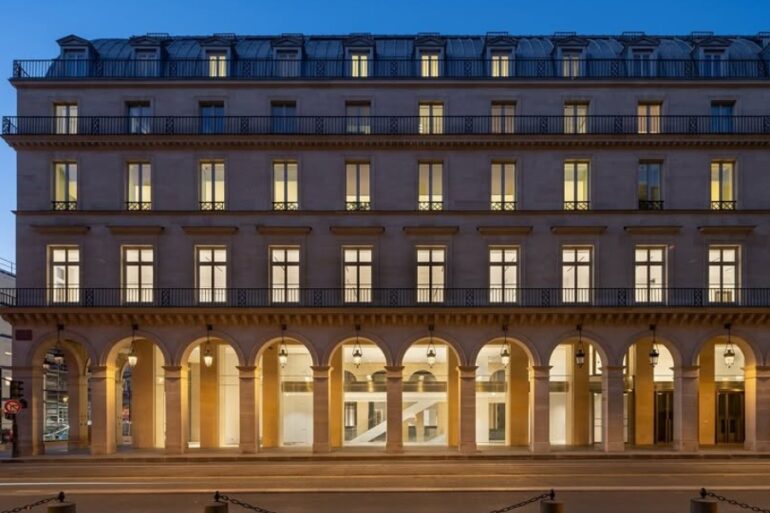From the Tank to the Panthère and the highly coveted Love bracelet, Cartier’s history is paved with royalty, whimsy, and a sheer love for beautiful things.
In the world of luxury brands, there are a select few that are said to be a cut above the rest. Not only have they become symbols of impeccable style, they have also redefined what it means to have good taste. The storied French design house Cartier is one such brand, revered for its rich history, and even more for its iconic jewelry and timepieces. Need proof? High society ladies, Hollywood celebrities, and royalty alike consider their designs an essential in their style arsenal.
Maison Cartier was founded in 1847 by Louis-François Cartier when he took over the workshop of his mentor Adolphe Picard. Then the design house was catapulted into Parisian high society by way of royalty when Princess Mathilde, who is related to Napoleon, bought a piece of jewelry from Cartier. Half a century later, his grandson, also named Louis, joined the ‘family business’, and would play a pivotal roles in the way Cartier will influence the fashion world over the next 200 years, including the use of platinum in their jewelry, which he believed enhanced the brilliance of the diamonds.
Here are other interesting facts about this storied design house.

A royal connection
Princess Mathilde may have been the first royal client of Cartier, but she is far from the last. When Pierre Cartier (Louis’ brother) opened their London boutique in 1902, it coincided with the coronation of King Edward VII. Two years later, they were given a royal certificate by the palace, officially inducting them as the official jewelry purveyor for Europe’s royal houses. Among Cartier’s royal clientele were the likes of Queen Elisabeth of Bavaria, who wore one of the first tiaras made out of platinum, and King Carlos I of Portugal, to name a few. Even Meghan, the Duchess of Sussex wore vintage Cartier jewelry on her wedding day.
Cartier designs the Santos, the first wristwatch for men
Even in this day and age, wristwatches are a ubiquitous part of life. Almost everyone wears one, from fancy ones to the now-popular smartwatch that tracks our heart rate and steps. Back in the early 1900s, there was no such thing, much to the dismay of the likes of Albert Santos-Dumont, an aviator who was also the friend of Louis-Francois Cartier. The former found the use of pocket watches – which was considered the symbol of gentleman – cumbersome for everyday activities, or in the case of Santos-Dumont, tracking flight times.

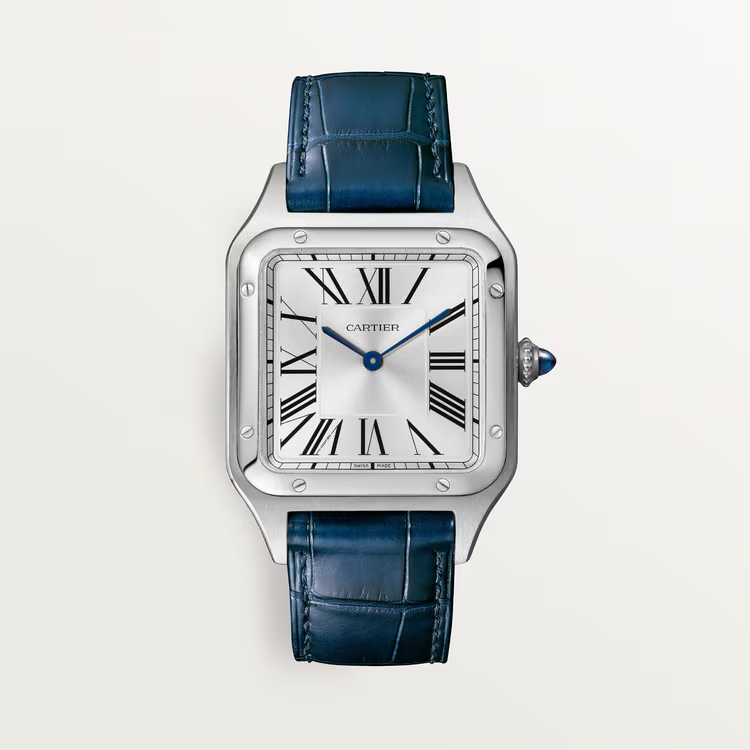
This conundrum challenged Cartier to find a practical way for men to wear a watch and tell time. This led to Cartier designing the very first wristwatch for men, the Santos, in 1904. It would later become one of the design house’s most enduring timepieces. It was going to be an uphill climb to get men on board, as wristwatches were only worn by women at the time. But riding on Santos-Dumont fame, Cartier’s Santos took off, and the rest is history. In 1919, Cartier introduced another iconic piece —the Tank.
The Love Bracelet and the chastity connection
The iconic Cartier Love Bracelet has long been seen as a symbol of love (hence the name), commitment, and fidelity. The collection has led to other equally iconic pieces, like the Love Ring, and the Love Bracelet with diamonds. Quite romantic, right? Well, almost, once its history comes into play.
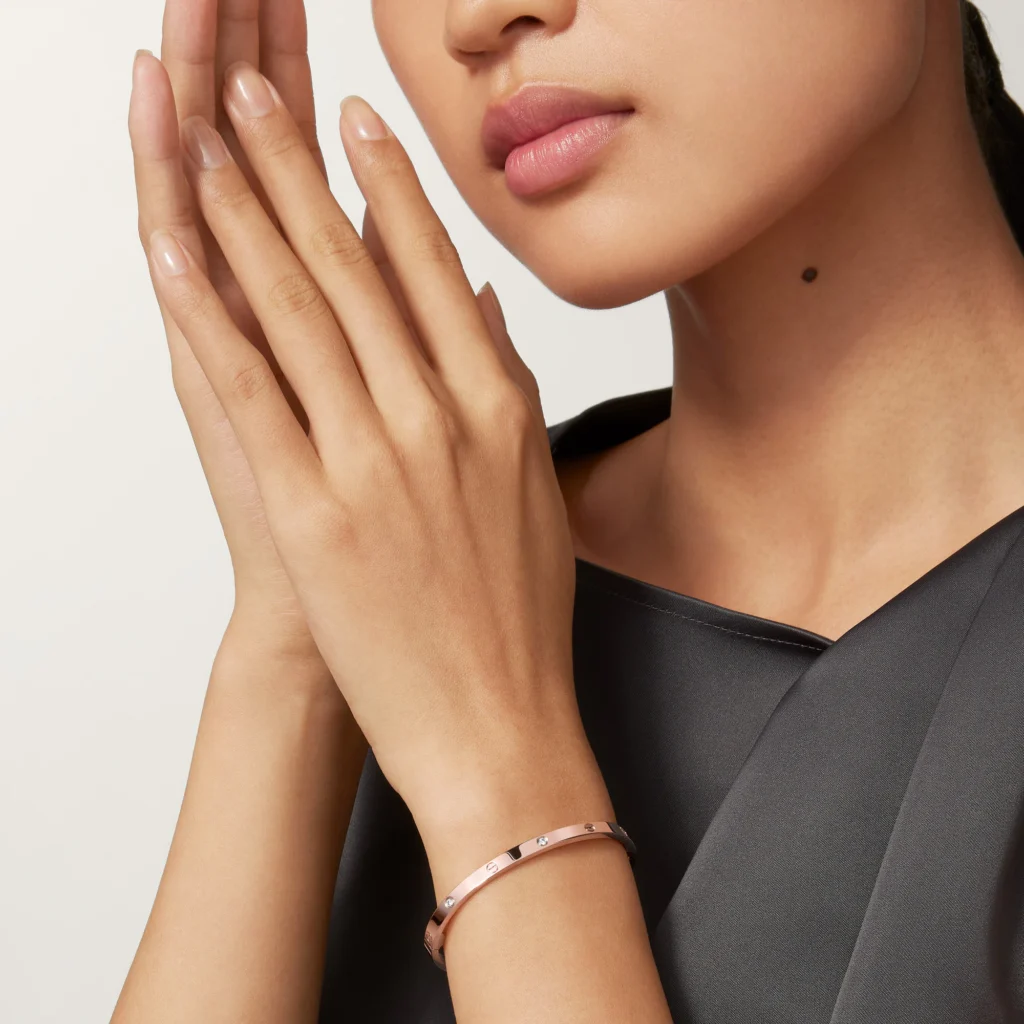
The Love Bracelet was designed by jewelry designer Aldo Cipullo, who was inspired in part by his own bout with heartbreak. But the larger influence is use of chastity belts during the medieval times. Legend says that these were worn by women while their husbands were fighting in the Crusades as a way to ensure their loyalty. Building from that, the bracelet is a solid gold bangle with a screw and lock, which is locked in by your significant other as a symbol of the couple’s commitment to each other. And each one keeps the other’s key.
It’s been said that in New York City, hospital nurses keep Love Bracelet screws handy so they can open the bracelets during emergencies.
Now that’s an unusual watch face
Considered to be a pillar in Cartier’s collection of timepieces alongside the Tank and the Ballon Bleu, the Baignoire watch, with its dainty watch face, and elegant lines is a favorite among the stylish set. The name alone sounds fancy, except that it means “bathtub” in French, which is believed is part of the inspiration for the watches curved lines. It’s also been said that the Baignoire’s shape is taken from the seats in the opera house. Since 1912 the watch has released variations on its theme, such as the Cartier Baignoire Allongée, which features a more elongated oval shape, giving it an elegant shape.
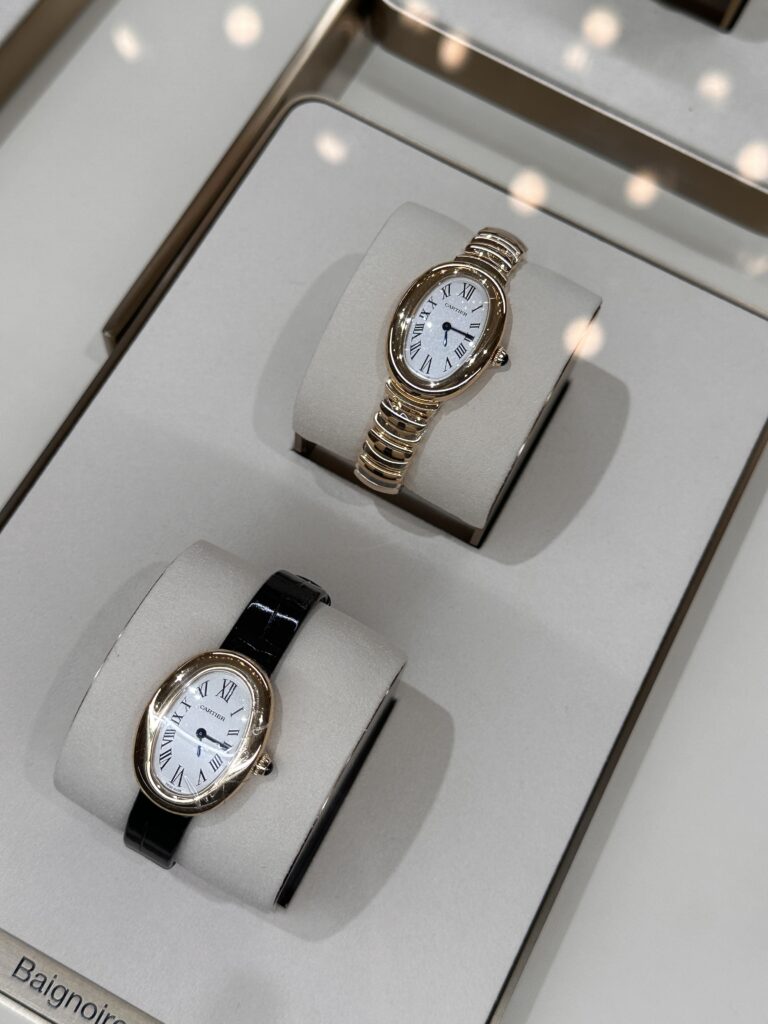
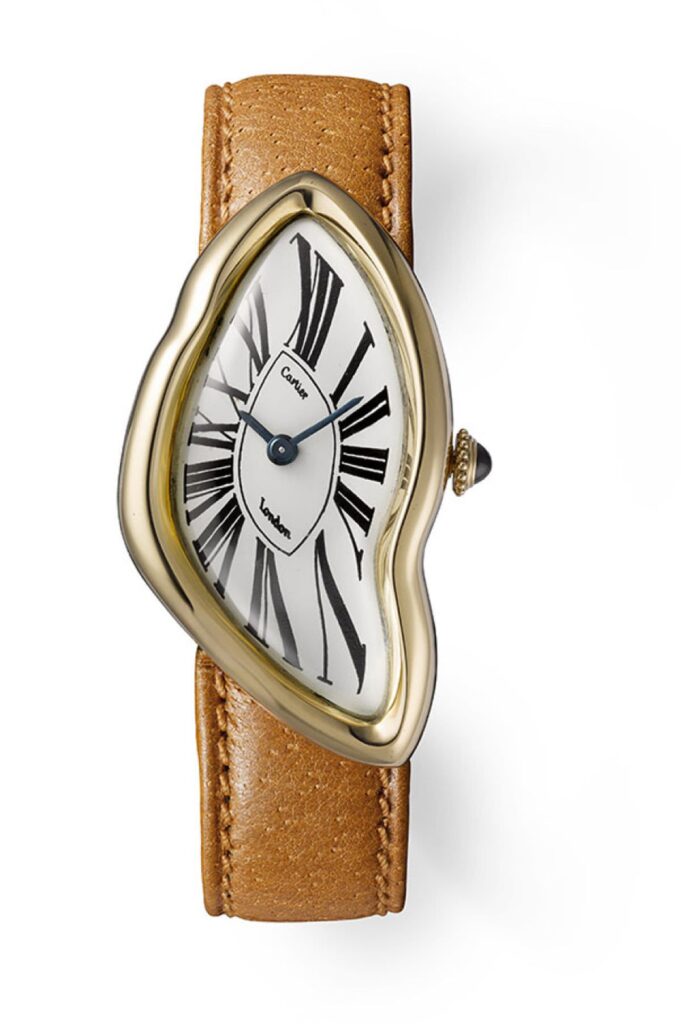
One other interesting piece in Cartier’s portfolio is the Crash, which is considered to be one of the most expensive timepieces in their collection because of its rarity. The design is meant to mimic how a watch would look if it were damaged by the wheels of a car. Some collectors are said to be drawn to its similarity to the clocks in the famous Salvador Dali painting, The Persistence Of Memory. A quick scan of the internet shows that some models of Cartier’s Crash can fetch up to USD200,000. That brings truth to the adage that time is truly a valuable commodity.
For the price of a pearl necklace
In the heart of New York City, Fifth Avenue is where the stylish set like to set their credit cards loose for a bit of shopping. Right on the corner of Fifth and 52nd sits the Cartier Fifth Avenue Mansion, where appointments are highly recommended. The space was where, back in 1914, Pierre Cartier had imagined their flagship store would be. And all it took was a double-strand pearl necklace and a hundred dollars in what can only be defined as a once-in-a-lifetime deal.
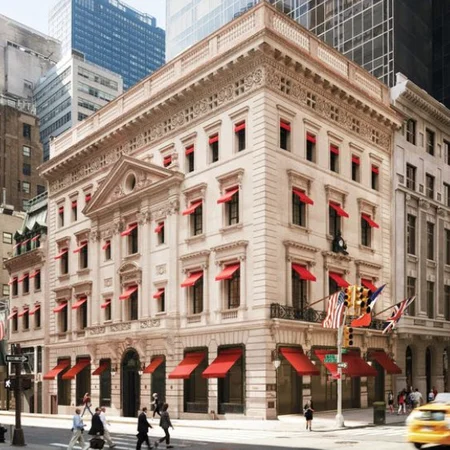
The building was originally owned by businessman Morton Plant. He and his bride-to-be Maisie were finding the area a bit too busy for their taste. Lady luck must have been smiling down when Cartier’s pearl necklace caught Maisie’s fancy. What followed was the handshake agreement of all handshake agreements – the necklace (plus USD100) for the couple’s corner apartment building.
Related story: New Lewis Hamilton and Dior collection celebrates the Formula One legend’s heritage
Related Story: Seiko marks 60 years of dive watch innovation with limited-edition Prospex collection
Related Story: Montblanc’s latest timepieces take craftsmanship and design to a whole new level
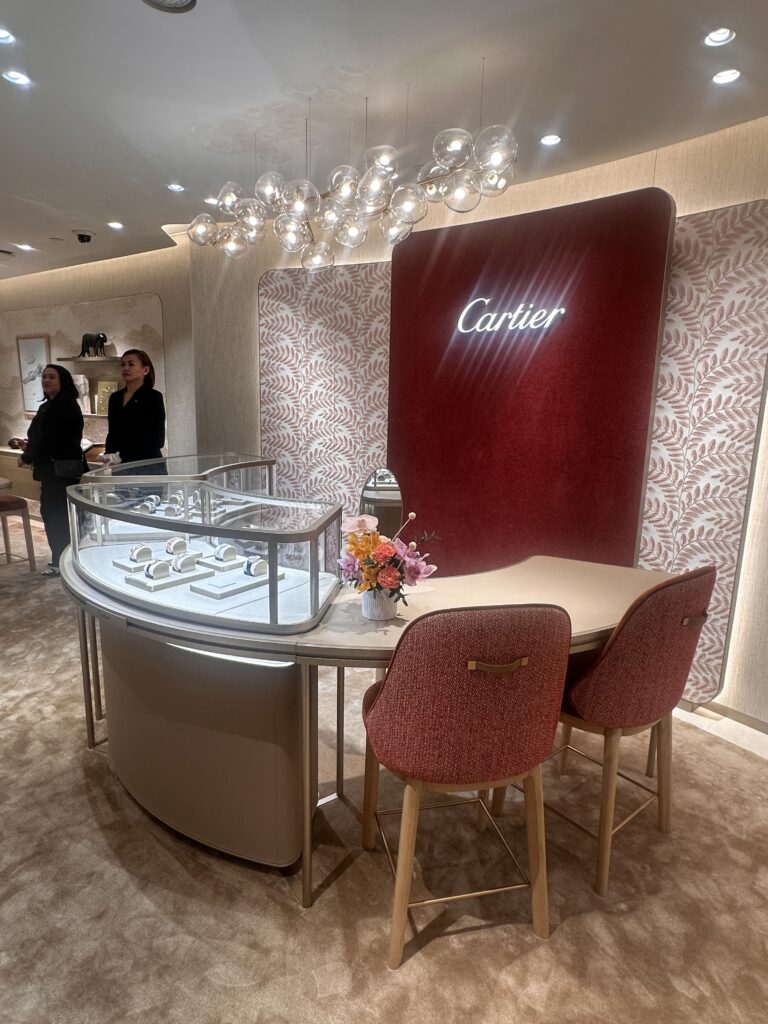
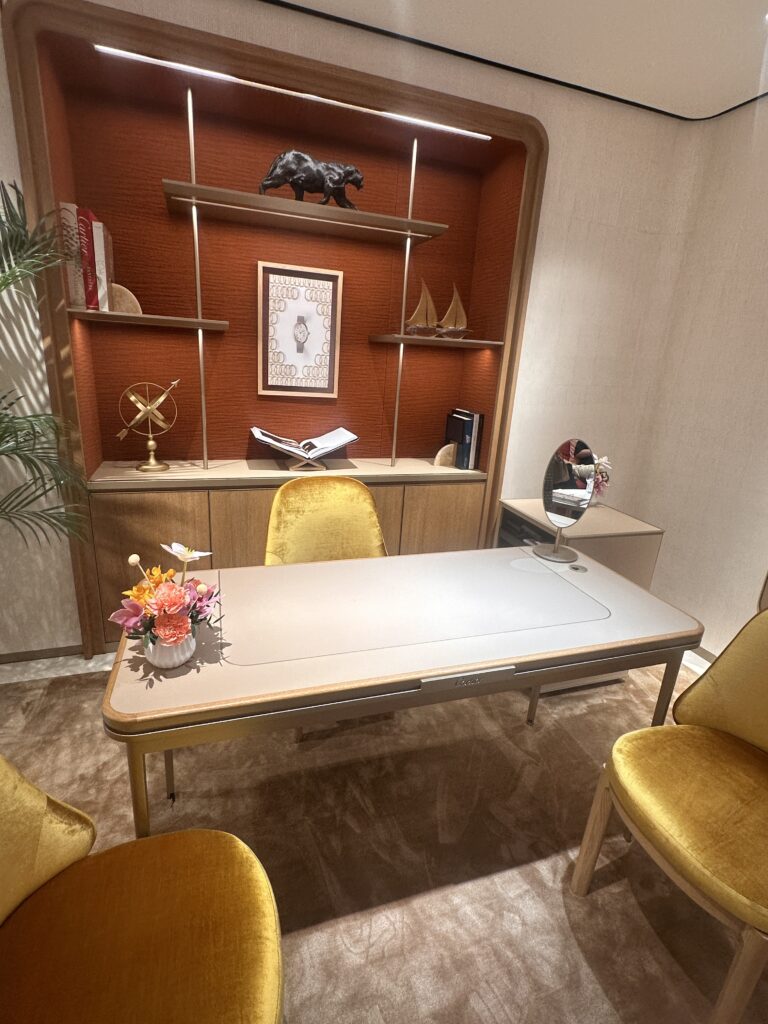
Filipinos who desire a touch of Cartier in their lives do not need to hop on a plane to try the brand’s beautiful timepieces on for size. The maison’s newly redesigned watch boutique has just reopened at the Shangri-la Plaza, in a much bigger, and more opulent space.
Europe-based multi-disciplinary firm, G4 Group Architect, was tapped to reimagine the store – keeping to the essence of all things Cartier while also paying homage to Manila. The aesthetic is designed to reflect the culturally diverse, yet singular energy of the tropical islands. The wall panels are have gentle curves, inspired by the waves of the ocean, which is mirrored in the fabric panels on the window. Inside, the backdrop is patterned after the mangroves and the palm trees that are abundant in the region, as though it was an ode to the beauty of the Philippines.
While you admire the store as you walk in, thoughtfully peruse the cases, where the Cartier Tank, Santos, Ballon Bleu, the Panthère, and more are on display, waiting to grace your wrist. A little luxurious bling never hurt anyone.



